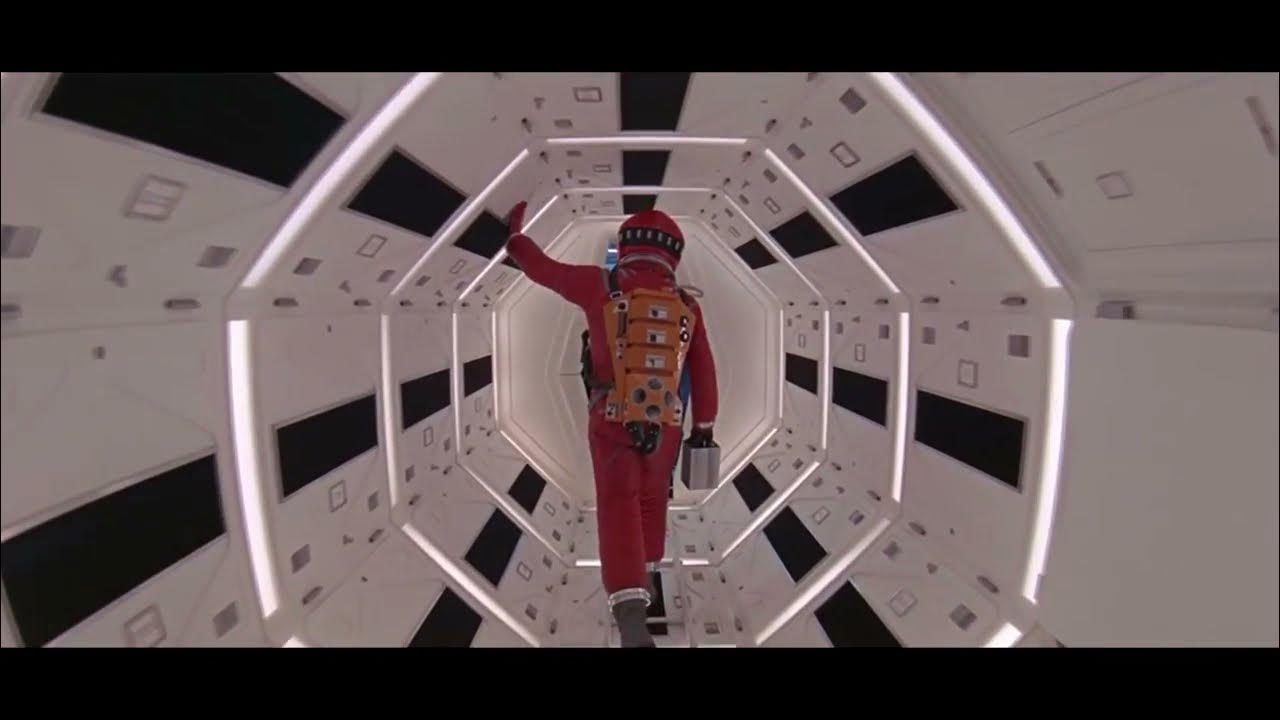Coraline's Hidden Visual Details
Summary
TLDRThe video script delves into the filmmaking techniques of 'Coraline,' exploring its eerie atmosphere and storytelling depth. It discusses the significance of the rule of three, staging, and the use of the Dutch angle to create suspense. The script also highlights the film's visual motifs and the impact of 3D cinematography on storytelling, urging viewers to rewatch the film with a critical eye for these elements.
Takeaways
- 😱 The animation 'Coraline' is considered scarier than many live-action horror films due to its unique filmmaking techniques.
- 🔍 The script discusses the significance of visual motifs and patterns, such as the repetition of threes, in establishing the film's surreal and eerie atmosphere.
- 🎨 The use of mise-en-scene and cinematography in 'Coraline' is crucial for understanding the storytelling, despite it being a stop-motion animation.
- 🌌 A popular theory about the well in 'Coraline' suggests it functions as a portal to a world of perpetual night, supported by visual cues like fairy rings.
- 📹 The film uses the rule of three to enhance memorability and tension, drawing from traditional fables and contributing to the film's surrealism.
- 👀 The camera work in 'Coraline' plays a significant role in creating suspense and unease, often positioning the audience as observers in the story.
- 📐 The dutch angle technique is employed to generate a sense of unease and is associated with different characters to add thematic depth.
- 🌈 The color schemes and staging in 'Coraline' are used to guide the audience's attention and foreshadow events, such as the battle between Coraline and Beldam.
- 👁️ The positioning of Coraline on the right side of the frame in the first act is a consistent pattern that may suggest narrative importance and power dynamics.
- 🌿 The film's atmospheric horror is built through subtle staging and depth cues, especially important in 3D films like 'Coraline'.
- 🍽️ The script ends with a reminder of the importance of supper time in the film, hinting at the domestic setting and the mundane amidst the fantastical.
Q & A
Why is Coraline considered scarier than most live action horror films?
-Coraline's animation style, combined with its narrative and visual techniques, creates an unsettling atmosphere that can be more effective in evoking fear in viewers compared to many live action horror films.
What is the significance of repeating elements three times in Coraline?
-The repetition of elements three times is a common technique in traditional fables to increase memorability and tension, and it contributes to the surreal atmosphere of Coraline by adhering to the 'rule of three'.
What is the role of the dutch angle in Coraline's cinematography?
-The dutch angle is used to generate a sense of unease and disorientation, which enhances the horror elements of the film by creating visual anxiety and ambiguity.
Why does Coraline often appear on the right side of the frame in the beginning of the film?
-Placing Coraline on the right side of the frame in the first 15 minutes of the film is a way to prioritize that section of the frame and lead the audience to associate the character on the right with narrative value and power.
How does the staging in 3D films like Coraline affect the viewer's perception?
-In 3D films, depth cues are extremely important, and staging is often crafted with depth in mind to guide the viewer's focus and enhance the immersive experience.
What is the narrative purpose of the well's depth in Coraline?
-The well's depth is suggested to be so profound that it functions as a portal to another world, which only has nighttime, adding to the mysterious and eerie atmosphere of the film.
What is the significance of the blue curtain in Coraline?
-The blue curtain may simply be a visual element without a deeper meaning, but it serves as a reminder to stay mindful of the film's world and not to over-interpret every detail.
How does Coraline use visual callbacks to reinforce its themes?
-Coraline uses visual callbacks, such as the consistent placement of Coraline on the right side of the frame, to reinforce narrative themes and create a sense of continuity throughout the film.
What is the impact of the camera's perspective in creating Coraline's horror atmosphere?
-The camera's perspective, often lurking in the shadows or stalking Coraline, contributes to the film's horror atmosphere by creating a sense of unease and ambiguity about the characters and their intentions.
How does the use of color in Coraline contribute to the film's themes?
-The clash between green and blue in Coraline foreshadows the battle between Coraline and Beldam, using color to symbolize the conflict and enhance the narrative's emotional impact.
What is the importance of the mise-en-scene in Coraline's storytelling?
-The mise-en-scene in Coraline, including set design and costume, is crucial for establishing the film's atmosphere and revealing the artificiality of the other world, which is central to the story's themes.
Outlines

Cette section est réservée aux utilisateurs payants. Améliorez votre compte pour accéder à cette section.
Améliorer maintenantMindmap

Cette section est réservée aux utilisateurs payants. Améliorez votre compte pour accéder à cette section.
Améliorer maintenantKeywords

Cette section est réservée aux utilisateurs payants. Améliorez votre compte pour accéder à cette section.
Améliorer maintenantHighlights

Cette section est réservée aux utilisateurs payants. Améliorez votre compte pour accéder à cette section.
Améliorer maintenantTranscripts

Cette section est réservée aux utilisateurs payants. Améliorez votre compte pour accéder à cette section.
Améliorer maintenantVoir Plus de Vidéos Connexes

What is an Inciting Incident — And How to Write a Great One

รีบรีวิว NOT FRIENDS เพื่อน(ไม่)สนิท "แด่มิตรภาพที่ไม่ยืนยาว" | JUSTดูIT.

Manichithrathazhu: 34 Details You Might Have Missed with Eng Subs | Mohanlal

Elements and Principles of Design in Film

Experimental and Documentary Films: Crash Course Film History #16

Why Revolutions are Hard to Write
5.0 / 5 (0 votes)
